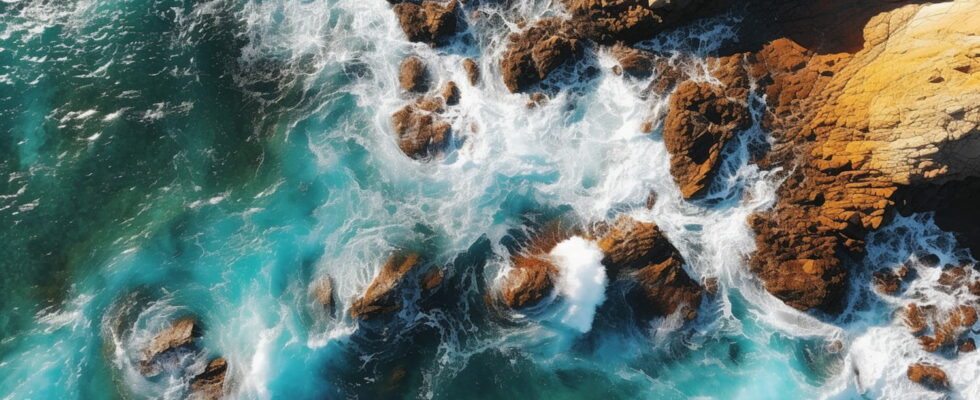Geophysicists have made a historical discovery under the Pacific Ocean. She is able to question science manuals
250 million years ago, America, Africa, Europe, Asia and Australia were just one: the Pangea. Over time, tectonic plates – located under the earth’s crust – led to the drift of the continents and the formation of reliefs such as mountains or volcanoes.
But a new element may put current scientific knowledge flat. In a study published in November in The journal Scientific Reportsa team of geophysicists from the Federal Polytechnic School (ETH) in Zurich, Switzerland, reports that it has identified the presence of rocky coats, immersed in the Pacific Ocean, several hundred, even thousands of kilometers in depth.
These underwater areas resemble old subducted tectonic plates (a process of sinking a tectonic plate under an adjacent plate). However, these “lost lands” should have disappeared in the deep mantle after subduction. The existence of one of these reliefs in the Western Pacific particularly surprises scientists. Even today, its presence is still unexplained.

This discovery was made possible by the existence of a supermarket capable of analyzing the data in seismic waves accumulated by seismological stations around the world. Thanks to this information, scientists were able to map the areas analyzed and create a new model from the interior of the earth, indicates the American online media Futurism.
The “anomalies” in the speed of dissemination of the waves of the supermarket allowed geologists to identify the positioning of these “lost lands”. “Apparently, such areas, in the terrestrial mantle, are much more widespread than we thought before,” noted Thomas Schouten, author of the study and doctoral student in geology at ETH.
“It could be either an old material, rich in silica, present since the formation of the mantle about 4 billion years ago and having survived despite the convective movements of the coat, or areas where rocks rich in iron accumulating following these movements of the mantle over billions of years, “said the researcher.
It is clear that the complexity of the terrestrial mantle has been underestimated. This intermediate layer, in perpetual activity and evolution, reveals an unsuspected dynamism. In a context where our scientific knowledge is limited,, This underground world is home to many mysteries with unexploited potential.
